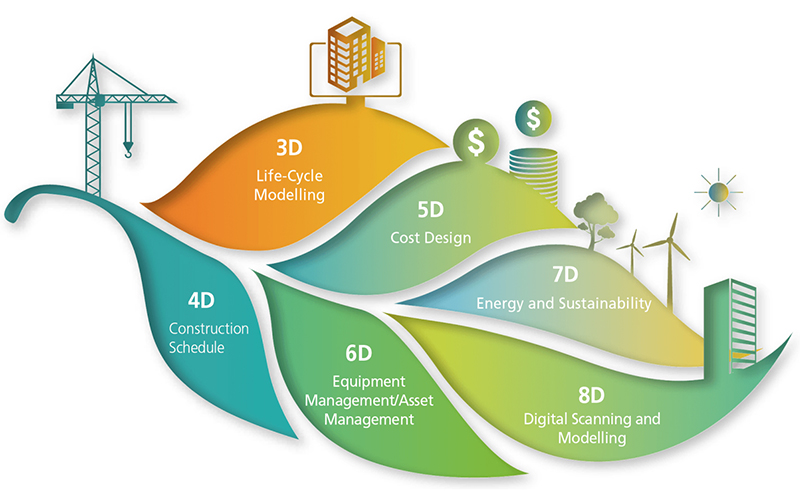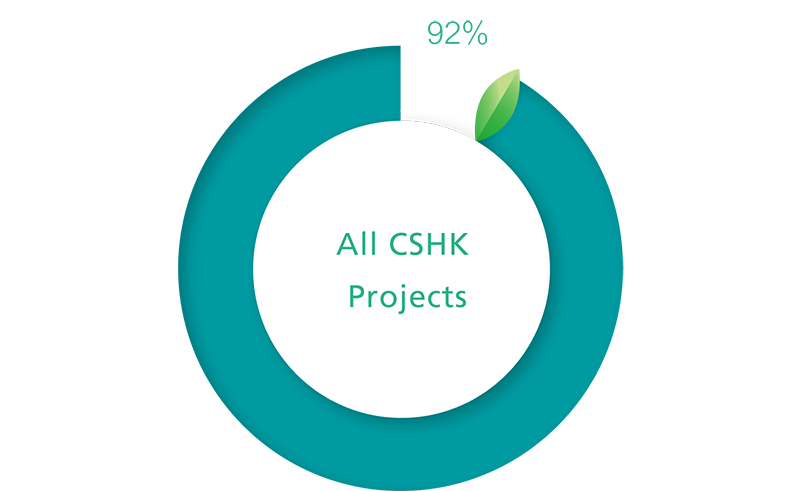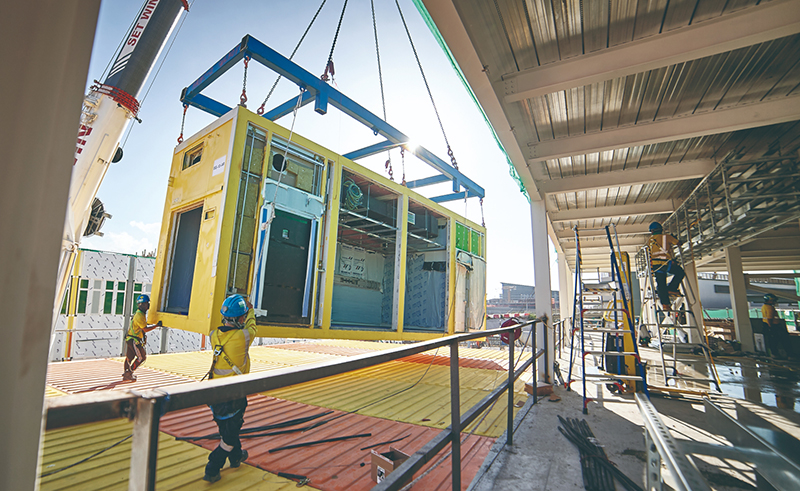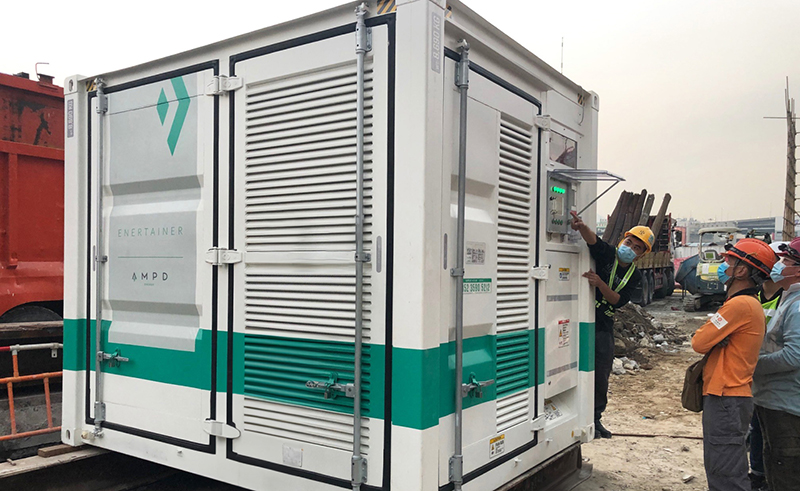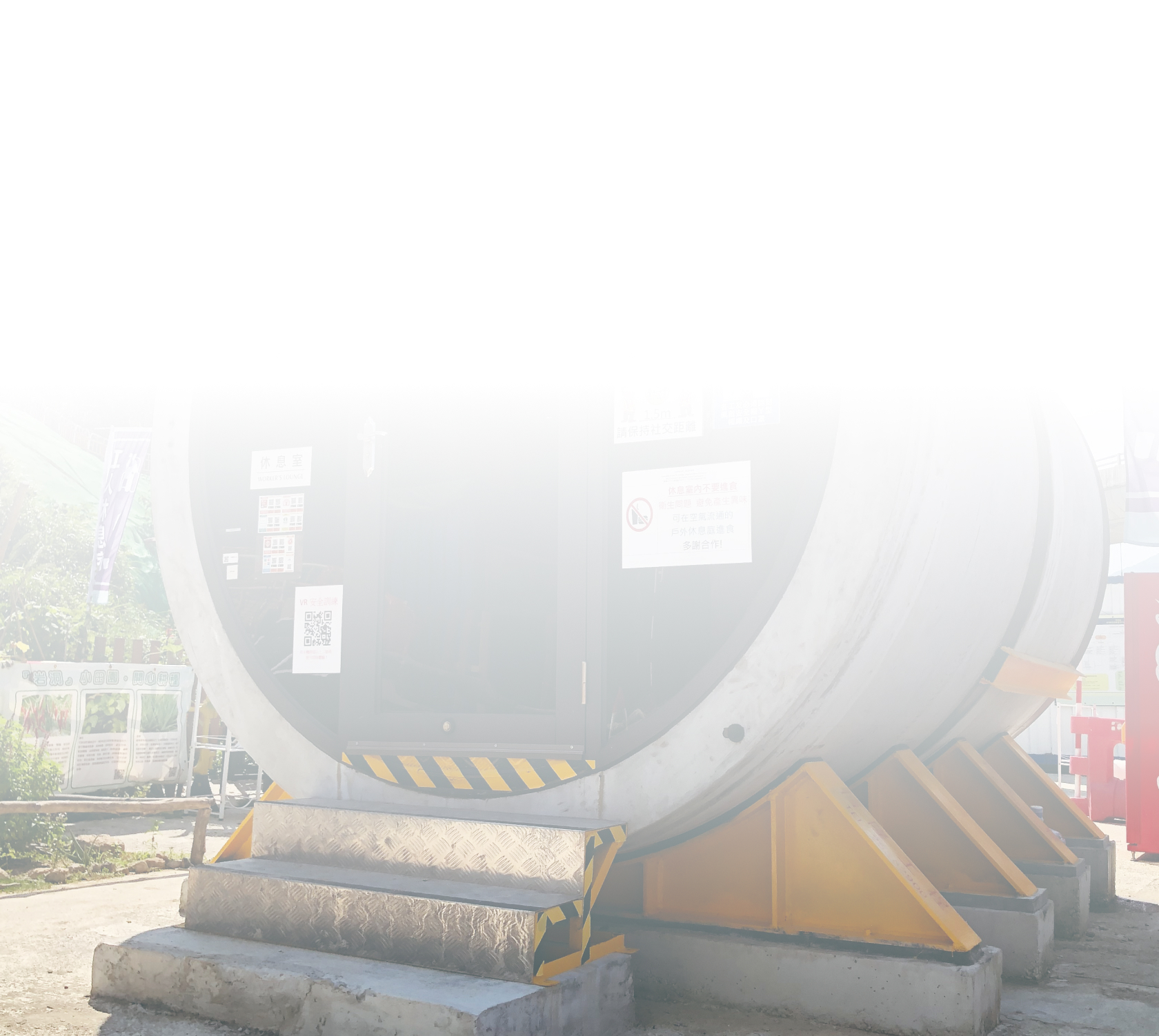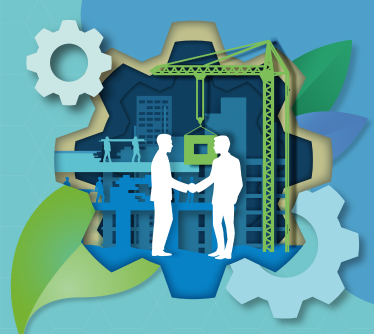Green Building Technology
C-SMART Site Integrated Management System
Independently developed by CSHK, C-SMART employs Internet of Things, cloud analytics, AI and other technologies to collect, aggregate and analyse site data to comprehensively manage and supervise all aspects of construction projects, thereby enhancing the efficiency of construction management and quality control. C-SMART’s Material Management and Environment and Energy Consumption Management modules enable us to understand and monitor the environmental performance of our sites, effectively managing the supply and use of materials and resources in order to reduce waste and pollutants. At the same time, the modules help us monitor and manage the energy consumption of our sites to find the best solutions to minimise energy waste. C-SMART has been used in 40 construction sites in Hong Kong.
Sub-functions: 30 items
Mechanical Equipment Management
Environment and Energy Consumption Management
BIM Application
CSHK actively applies BIM technologies to major projects in order to improve construction efficiency and quality. This enables better management and utilisation of resources during design and construction, thereby reducing environmental impact. In addition, BIM technologies improve the energy efficiency of buildings by analysing the energy consumption of built assets and generate energy assessment reports at the early stage of design. This ensures accurate energy consumption estimations throughout the lifecycle of the built assets, so that the best energy strategy can be defined to minimise waste and energy costs.

